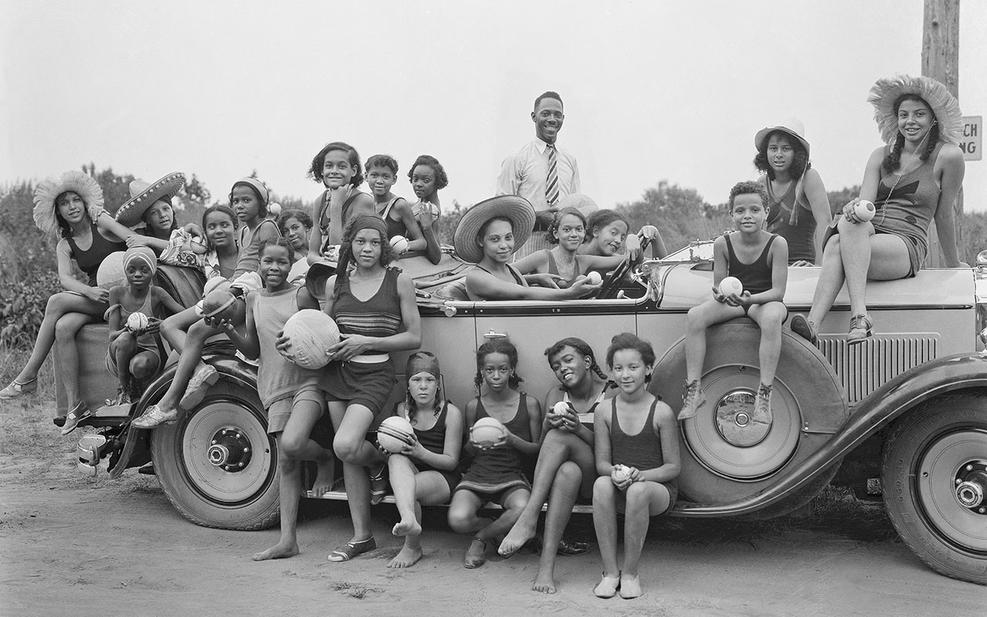
By Erica Jones, NBCBLK
When Fats Domino came to Carr’s Beach in Annapolis, Maryland, traffic was backed up for 30 miles. When James Brown came, he performed like only he could. And when Jackie Wilson took the stage, he left women in the audience swooning.
“Jackie Wilson was a ladies’ man, and Jackie Wilson had this thing about coming off the side of the stage and kissing women passionately,” Carroll “Mr. C” Hynson laughed.
From the 1920s to the 1960s, Carr’s was one of the few beaches in the D.C. area where African Americans could swim freely and without the fear of discrimination.
“We couldn’t go anywhere else. We weren’t allowed anywhere else. We weren’t allowed at Sandy Point, Bay Ridge or any of the other local beaches,” Hynson said.
During the week, the beach was a place for families and church groups. But on Sunday, crowds of people would press against the stage at the beach’s pavilion for WANN’s “Bandstand on the Beach” broadcast.
“Sunday was the day to get in there. You had to go through a gate, and of course, everybody tried to put people in the trunk of their car and go through the gate,” Hynson recalled. “One of the best groups that ever came there was from one of the high school in Washington, D.C., called the El Corols. That was a heck of a band for teenagers.”
Hynson, an Annapolis native, started working for WANN and Maryland legend Charles “Hoppy” Adams in the 1960s.
“My job Sunday was to be a board operator for Hoppy Adams, because we broadcasted live at 2 o’clock in the afternoon for Ballentine Beer. My job was to run the board, so Hoppy could say, ‘We’re live from Carr’s Beach. Everybody come on down.'”
By 2 or 3 o’clock, there would be a massive crowd. Sometimes thousands of people had to be turned away.
But today, only photos and memories remain. A luxury condo community has since taken Carr’s Beach’s place along the shores of the Severn River.
“I’m saddened because there’s no more African-American-established locations like that, but money speaks loudly,” Hyson said. “They wanted to put condos out there. People wanted to live on the water. Eventually, all things change.”
Read the entire story here.


